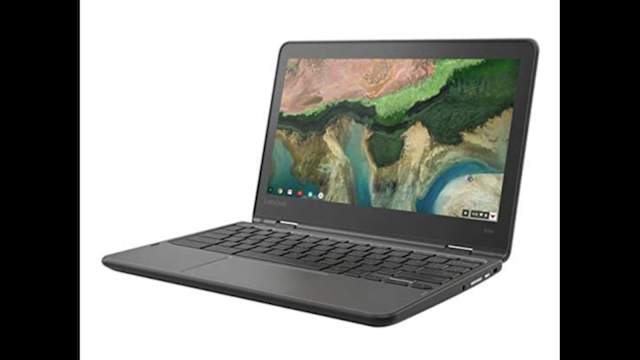LAREDO, Texas – Thousands of people and vehicles attempt to enter the country each and every day through our ports of entry.
Alerting customs officers to illegal drugs is just part of the job for Customs and Border Protection K-9's.
The canines and their handlers are oftentimes the first line of defense.
"I believe the K-9 is a very vital layer of enforcement that we have. We have narcotics coming in all the time on a daily basis," said CBP K-9 trainer Juan Medina.
The biggest problem recently is fentanyl. The opioid is often times mixed in with meth.
"Last week we had a canine get a cold hit as the car was driving by. The canine alerted, stopped the car and it ended up being nine keys (kilos) of cocaine and 24 keys of meth," Medina said.
Medina said the primary rule for everyone at the Juarez-Lincoln Port of Entry is a safe and thororugh search of vehicles.
K-9 handlers are responsible for making sure their four-legged partners don't become exposed to an illegal substance.
"We want to look at the dogs behavior; is he being lethargic, any hypersalivation, stumbling, does their heart rate drop?" said Medina.
If the dog is exposed or inhales a dangerous substance there's lifesaving measures in place. Handlers have access to naloxone also known as Narcan.
"What it does is it reverses the affects of the overdose and gives you that lifesaving bridge for that canine before he's transported to the vet to get further tested and get further care," Medina said.
The lifesaving drug can also be used on officers if needed.
“Nationwide for the office of field operations we haven’t had any instances where the dog has ingested or inhaled and Narcan has had to be deployed,” said Medina.



